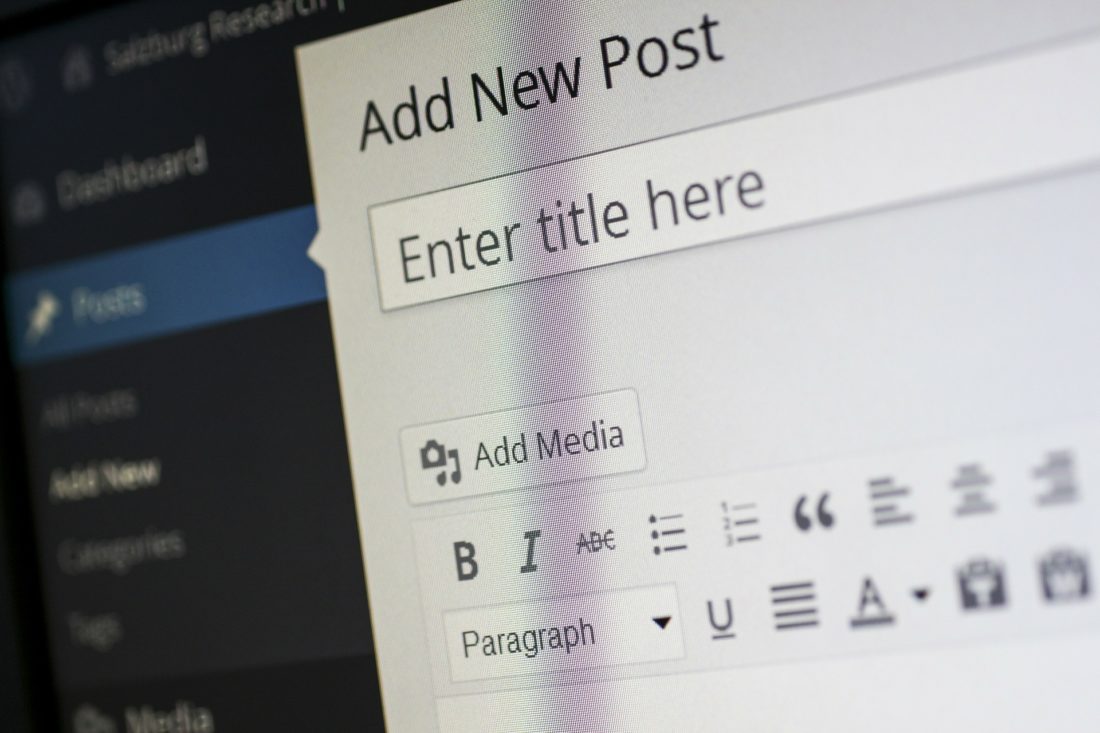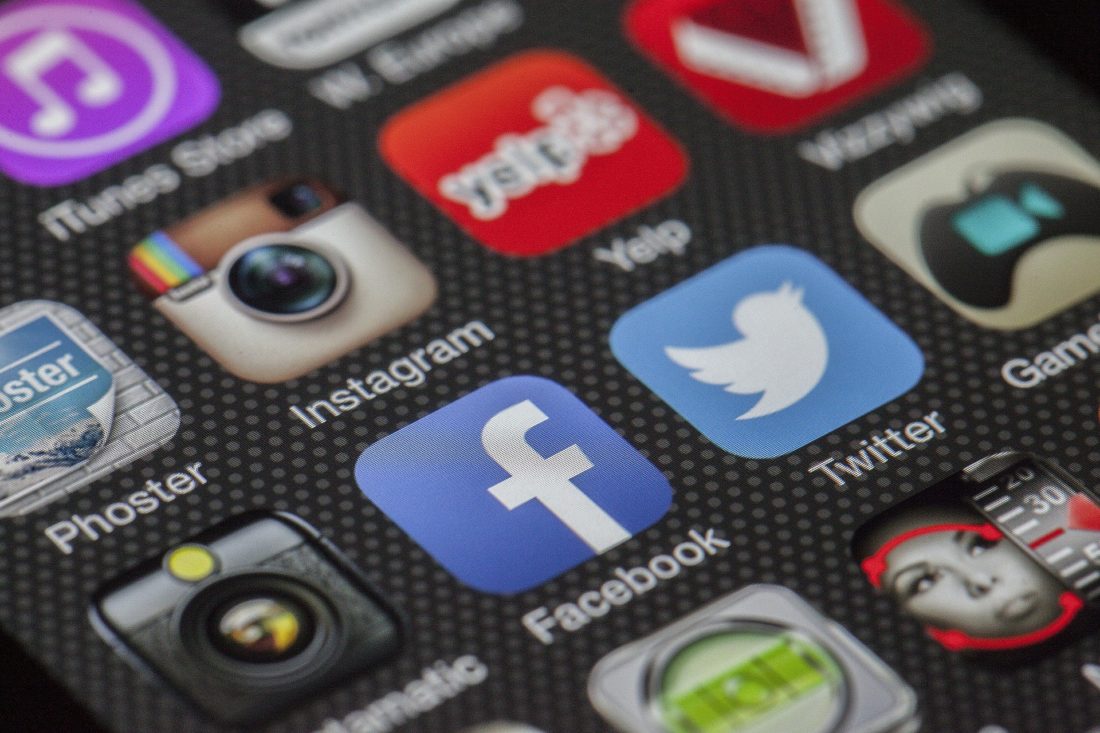5 Tips to Give Your Content a Boost
Below is a list of tips that will help you craft content your readers will care about and want to read more of. Make these tips a checklist that you can reference when creating your own content in the future.
- Readers come first
Take yourself out of the equation. Be 100 percent impartial and put the interests of your readers first. Put out content that will not solely promote your brand, but also what it stands for. Think of your audience and assess other topics relating to your business they may have an interest in. The content should focus on the consumer, not solely the brand.
- Make it interesting
Develop evergreen content- stories that are always of interest to your readers. Do your research and stay up to date with current events. Put a twist on a current controversy or apply your take on a hot topic. At the end of the day, no one wants to read the same story twice.
- Be authentic
Avoid all the stiff language that builds a barrier between your readers and you. You should want your readers to feel welcomed in your space. Developing a unique voice and tone is the starting place for content creation. Stay true to your brand and speak in a tone that will resonate with the audience you are trying to reach.
- Create attention-getting headlines
Brilliant headlines bring in the clicks, are memorable and shareworthy. Your headline, more often than not, acts as the first impression and is what gets your reader to click. Research shows that 55% of visitors read your articles for 15 seconds or less so the overall goal is to grab your readers’ attention and keep it.
- Use visuals
Your content should look and feel aesthetically pleasing. Whether or not we will all admit it, picture books and guilty-pleasure magazines are still the most fun to read. 65 percent of people identify as visual learners. Not only are pictures more fun, but when used properly, they can help your readers understand your content more clearly. The same applies to web content. A story is more likely to be read and comprehended by readers when an image is associated with the text because users love images, whether they be photos, infographics or videos.







